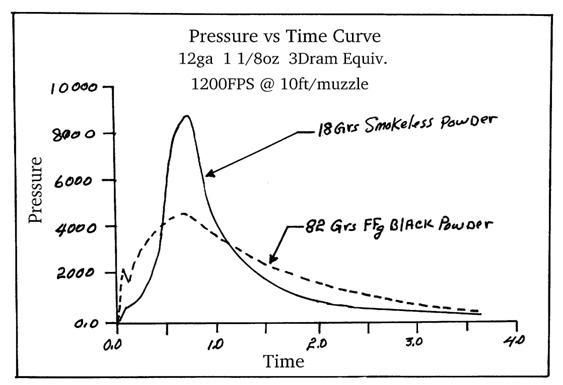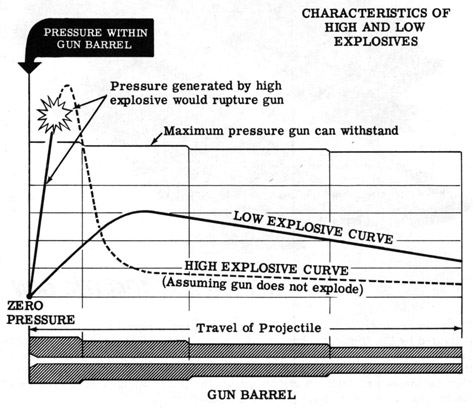Here's a chart of rifle case capacities which is a measurement of the grain weight of the volume of water that each case will hold.--->>>
http://kwk.us/cases.html
Notice that the .44-40 WCF cartridge case located near the bottom of the list [on the right] has a capacity of 40 grains of water.
That was originally a black powder cartridge designed to hold 40 grains of black powder.
"...the name .44-40 (shorthand for .44 caliber and the standard load at the time of 40 grains (2.6 g) of black powder)..." --->>>
https://en.wikipedia.org/wiki/.44-40_Winchester
Is it a coincidence that the volume of 40 grains of water just about exactly equals the volume of 40 grains of black powder?
That's what has become known as volumetric grains, the weight of a known volume whether it's water or black powder.
At least water has a known standard weight which black powder doesn't.
It's well known that a pound equals 7000 grains.
There's no dispute that a grain is a measurement of weight.
But since every batch of a black powder is different, it's easier and more precise to manufacture a volumetric powder measure based on the grain weight of a volume of water than it is to use black powder which doesn't have a standard weight.
I'm simply trying to show how a volumetric grain has become a known standard that can very well be based on the grain weight of a volume of water.
A person doesn't need to go out and buy some Goex or buy a scale in order to make a volumetric black powder measure.
If a person uses the conversion chart, they can also use Lee CC powder scoops or use empty brass cartridge cases that they know the case capacities of in grains of water.

















 Reply With Quote
Reply With Quote













